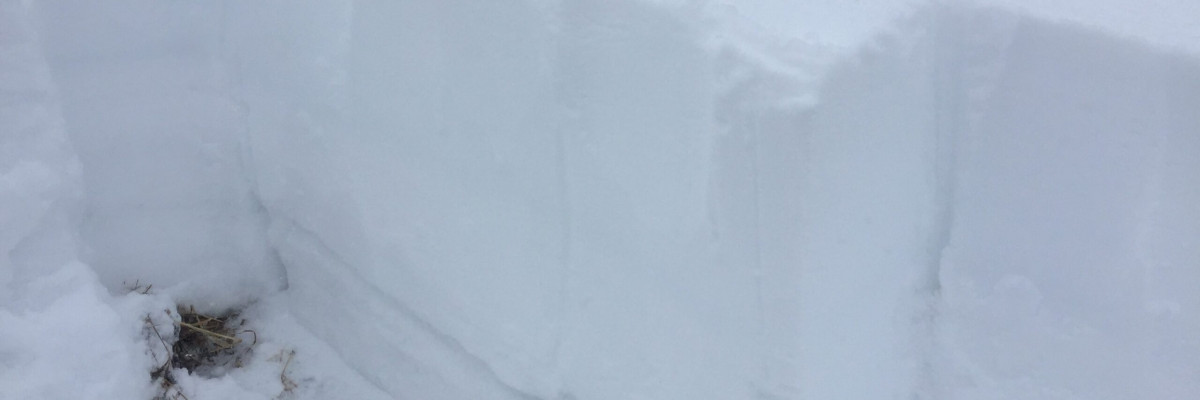The current avalanche danger is Considerable in the West Central Montana backcountry. This means careful snowpack evaluation, cautious route-finding, and conservative decision-making are essential to recreate today.
Good morning, this is Travis Craft with the West Central Montana Avalanche Center’s avalanche advisory for December 26, 2017. This danger rating does not apply to operating ski areas, expires at midnight tonight and is the sole responsibility of the U.S. Forest Service.
Weather and Snowpack
Mountain temperatures range from -11 F to 23 F in the region. In the Bitterroot winds are 3 mph with gusts of 5 out of the W. In the northern part of the advisory area, at Point Six, winds are reading 6 mph with gusts of 22 mph out of the W. The forecast area received 3 to 6 inches of new snow in the last 24 hours.
We are still getting propagation in our pit tests throughout the advisory area. There was public observation of propagation in a pit near Lolo pass. See the full observation here.
The primary avalanche problem is persistent slabs. The new snow will stress our weak layers. We have poor snowpack structure throughout our advisory area. This means careful snowpack evaluation, cautious route-finding, and conservative decision-making are essential to recreate today. Look for clues from the snowpack, shooting cracks and localized collapsing. Dig a pit on low angle terrain in a safe spot out of runout zones to see how the layers are adjusting to the new load.
Avalanche and Weather Outlook
Today will be dry and then by Wednesday snow will move back into the forecast. The avalanche danger will stay the same until more snow comes to our area.
I will issue a weather update tomorrow.
Ski and ride safe.














